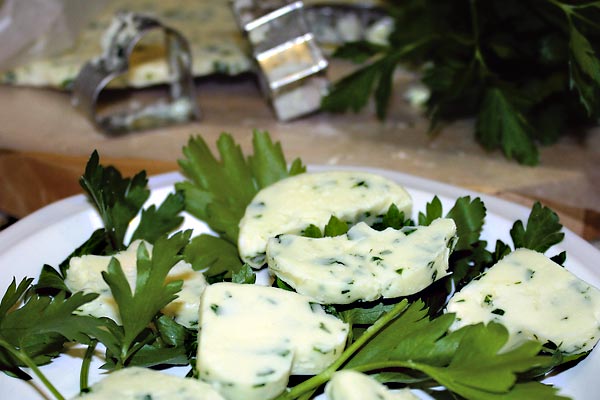 One may expect that basic kitchen staples, like flour, sugar and butter, on the frontier were identical to what cooks use today, but our imaginations would be mistaken. The way they looked, were made and used were definitely different.
One may expect that basic kitchen staples, like flour, sugar and butter, on the frontier were identical to what cooks use today, but our imaginations would be mistaken. The way they looked, were made and used were definitely different.
White sugar, which is what most cooks today use for baking, was reserved for special occasions because it was so hard to get. Raw cane sugar was considered unrefined (which it literally was), and high society folk would never dream of serving it during their tea parties or fancy dinners. The sugar situation is the reverse today, with raw sugar being more expensive than refined white.
Similar to sugar, flour was expensive when white and cheaper when brown. The coarseness and color of the flour depended upon how it was milled; the more finely ground, the whiter it became.
Varieties of flour included wheat (graham, during this time), rye, barley and others. Flour was bought, sold and stored in barrels and sacks, not the five-pound bag found today. It was classified as superfine, extra fine and fine as early as the 1850s and was ground in most areas using locally grown wheat. Most flour was dark in color naturally. Chemical bleaching didn’t begin until the 20th century, but it was achieved naturally from oxidation or by adding alum.
Cooks created butter straight from the cow and into the churn. The color was based on Bessie the cow’s diet and could range from pale to buttercup yellow. In the 1870s, a new product called margarine, butterine or artificial butter was introduced. On March 18, 1874, the San Francisco’s Daily Evening Bulletin wrote, “It is estimated that about eight million pounds of artificial butter have been consumed in this country since last June. Oleomargarine is the technical name given to it…. It is made from the yellow, tasteless, and odorless oil obtained from beef suet.”
By the mid-1880s, states were passing laws stating margarine could not be labeled as butter. If you were caught selling margarine in California, you were arrested! Anger grew over the adulterated product during the 1880s. In 1886, Albuquerque’s Morning Democrat jokingly expressed displeasure with hotels using oleomargarine, “Among the most distinguished arrivals at the leading hotels is a gentleman known with disgust the world over as Col. Ole Margerine. He occupies a seat at the best tables, and denies his own name. Men who pay first-class board do not like to associate with such impositions, and it is not to be wondered that they complain of the yellow-headed assumption. Kick him out, or furnish the public with life preservers.”
Even Congress got involved with hotly-debated sessions between the butter and oleomargarine supporters. On July 23, 1886, Congress passed a bill that defined what could be put in oleomargarine. It also insisted the product be stamped as a butter substitute, as well as levied taxes on all sales and manufacturing.
Even though this recipe doesn’t call for much butter, butter sure makes this classic Western entrée shine!
Sherry Monahan has penned California Vines, Wines & Pioneers, Taste of Tombstone, The Wicked West and Tombstone’s Treasure. She’s appeared on the History Channel in Lost Worlds and other shows.






